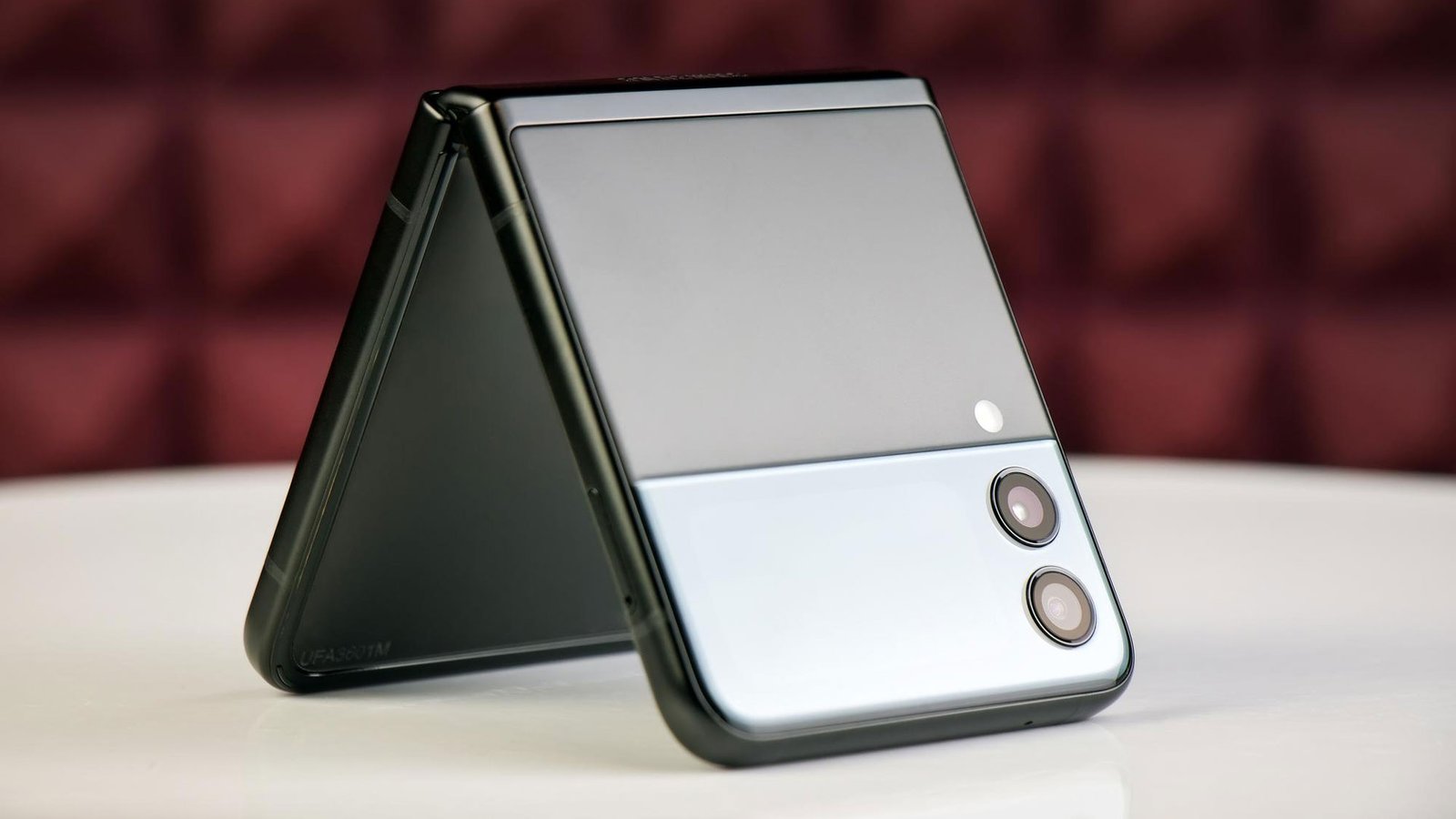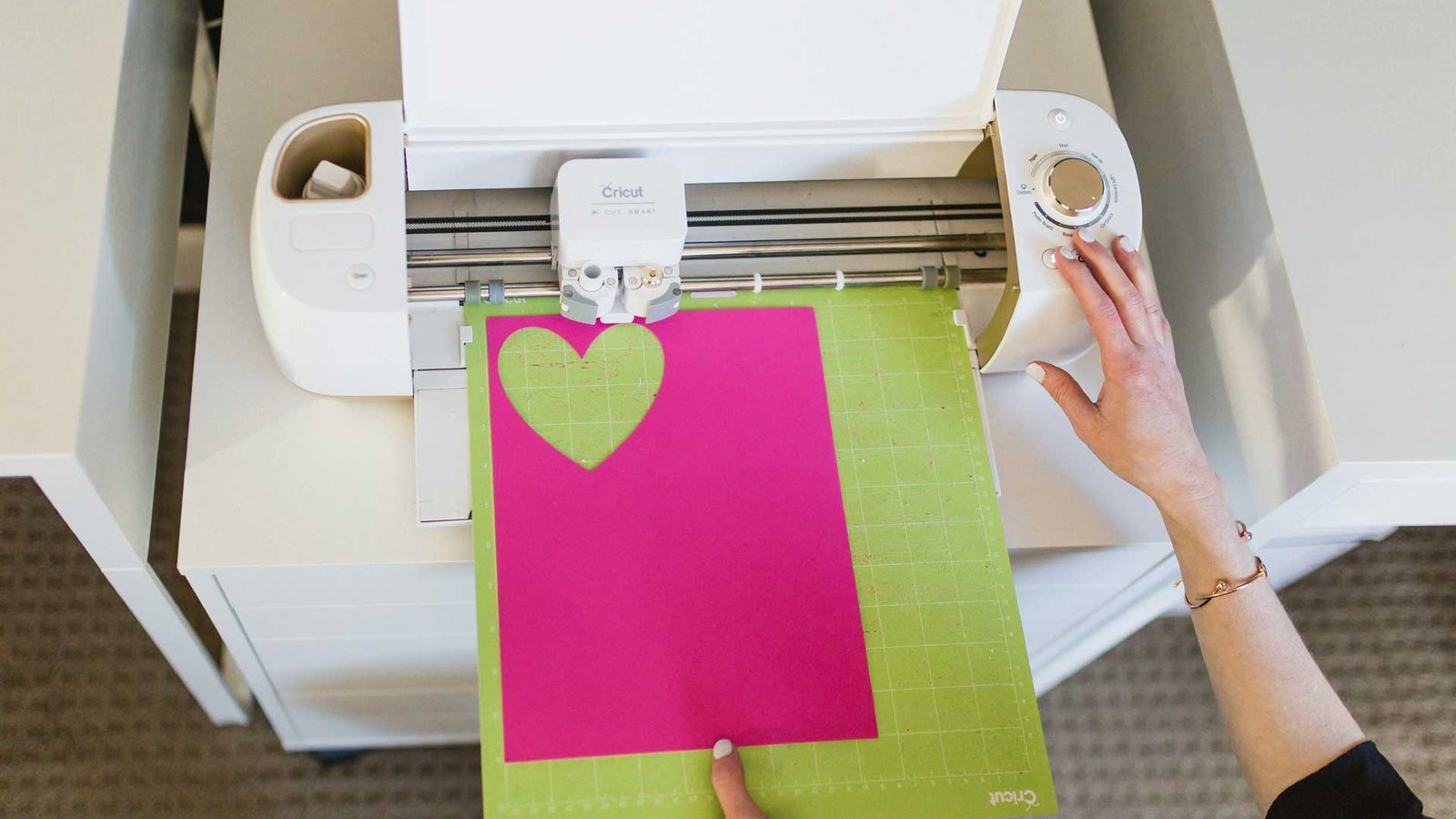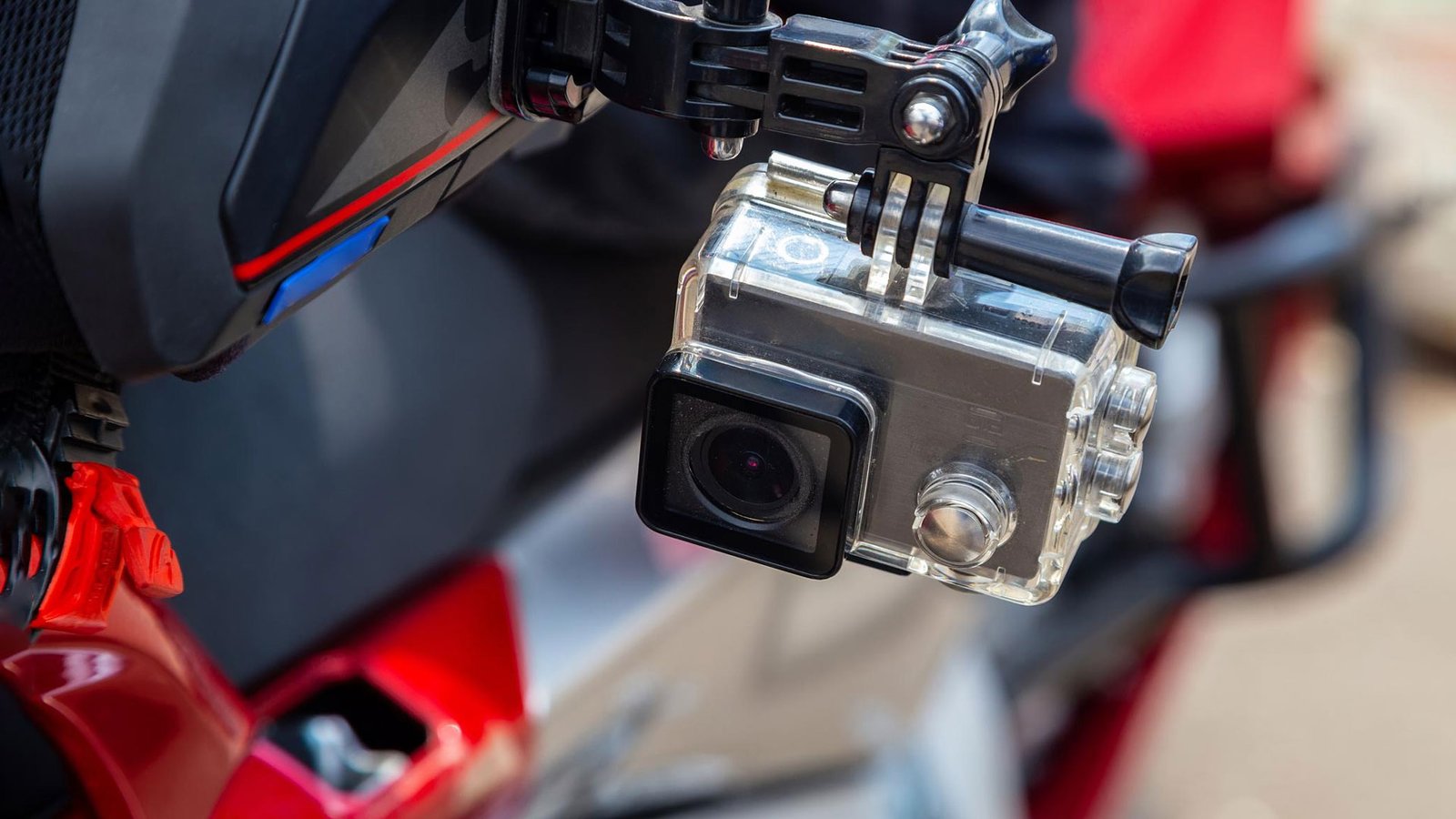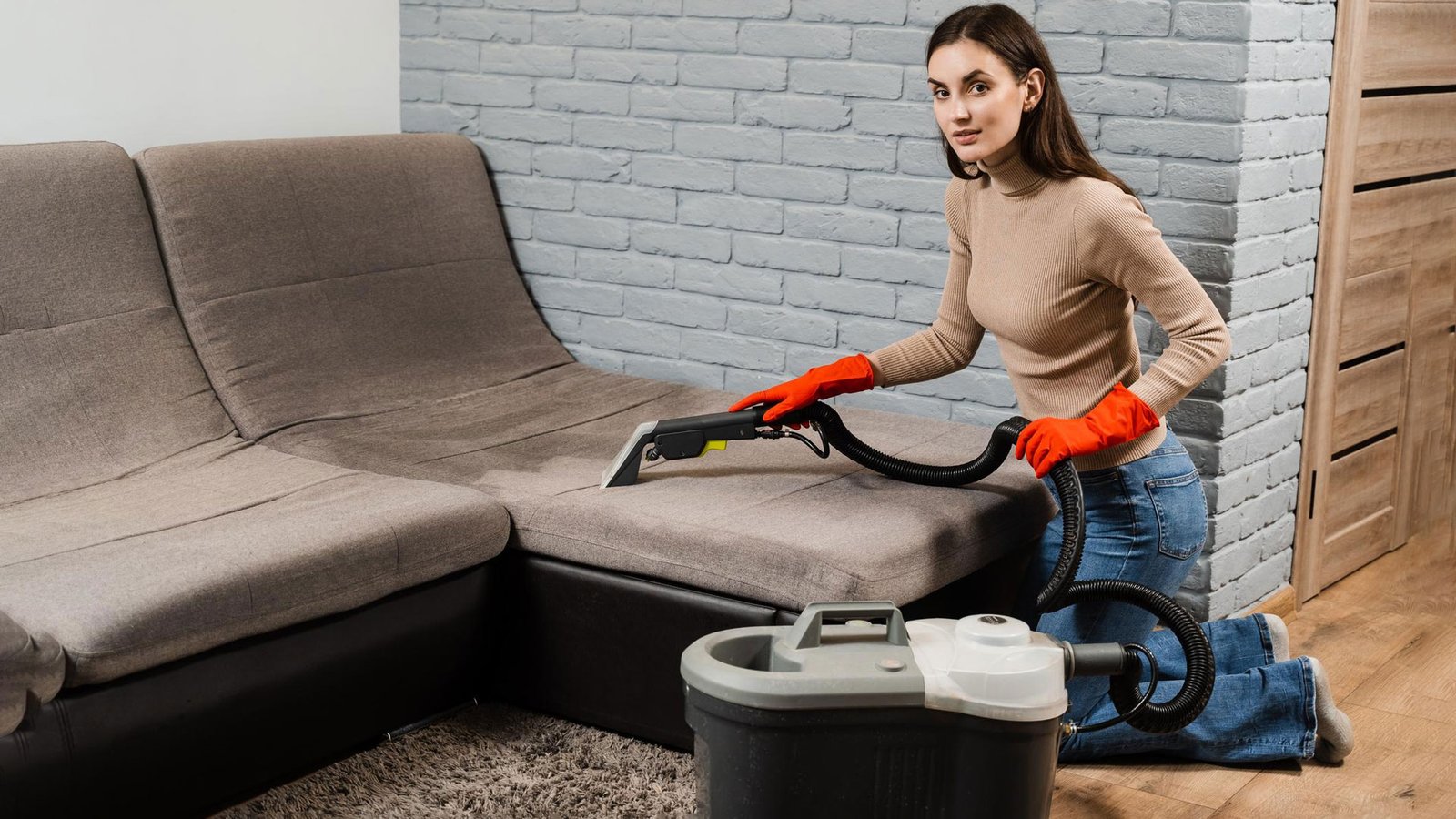In 2018, the concept of folding cellphones resurfaced. Folding cellphones are now available in a variety of shapes and configurations. The most popular models include the Royole FlexPai (October 2018), Galaxy Fold (February 2019), Huawei Mate X (February 2019), Motorola RAZR (November 2019), and TCL (March 2020). The Benefits and Drawbacks of Foldable Smartphones
Some faint whispers of folding smartphones have been heard in recent months, but nothing has materialized; the bendy AMOLED screens we saw before were, in truth, not meaningful products; nonetheless, at this time, flexible folding smartphones are increasingly becoming a reality. The growth of the smartphone sector has been phenomenal over time. Smartphones have evolved from simple gadgets that allow you to talk and text to devices that can do almost everything.
We’ve progressed from thick bezels to bezel-less displays on mobile phones and from large devices to lightweight, portable gadgets. Do we really need the folding variety function now that we have pretty much everything in our palms? Let’s look at the advantages and disadvantages of foldable cellphones to have a better understanding of them.
Multitasking is made easier
With the rise of folding phones, you can be sure you’ll be receiving more than just a smartphone. The excessive screen size, along with the folding function, undoubtedly provides the option for multitasking. When the phone is folded, a screen appears, enabling you to respond to messages and scroll through your alerts. Furthermore, by unfolding your phone, you are unfolding a healthy experience. Furthermore, customers have a lot of options and room to try new things.
Single-Camera Setup Worth Noting
The camera is one of the most important features to consider when choosing a new smartphone. The longlasting selfie craze has boosted the popularity of smartphones with decent selfie cameras. With a foldable smartphone, this will be simpler since all photographic needs will be met by a single excellent camera. A foldable smartphone allows for a single sensor to be used for both the front and back cameras. Users may either take a selfie or a regular image with their foldable cellphones, depending on which side they fold them in.
Hardware Space That Isn’t Necessary
As phones grow in size, the amount of space available for hardware grows as well. The maker may include larger batteries and more powerful CPUs. Despite the fact that the world of smartphones continues to progress, we still witness runaways when it comes to hardware needs. People have been spotted moaning about their devices’ tiny batteries. This is due to the fact that as smartphones get thinner, it becomes more difficult, if not impossible, to create large battery mobile phones. Foldable phones will be thicker than regular smartphones, allowing for more hardware components to be included in these devices. Manufacturers will have an easier time fitting larger batteries and more powerful CPUs into foldable devices.
Displays that are larger
For those who have wished to see screens that are larger than their tablets, a folding smartphone is a great option. When you have a folding phone, you can essentially carry a tablet that wouldn’t fit in your palm otherwise since it can be quickly folded and stored inside your pocket. A higher screen ratio allows you to view and do the things you want in a more convenient way. The Huawei Mate Xs and the Samsung Galaxy Fold, which is a close competitor, both have a 7.3-inch screen.
Photography and videography that is optimized
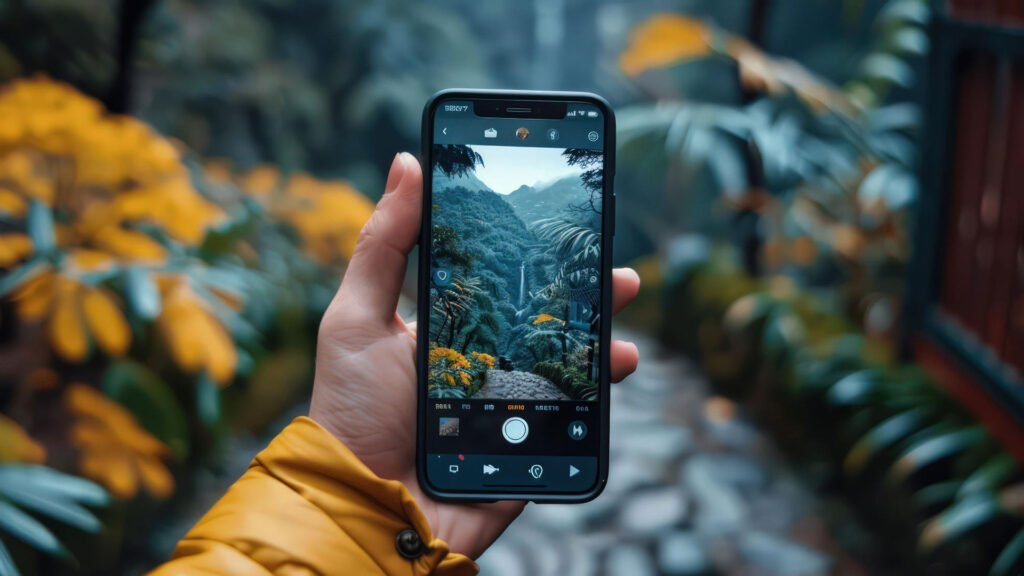
If you’re a keen photographer or like creating stunning films, the display may provide you with a larger canvas on which to express yourself. Folding phones definitely provide more opportunities for experimentation than a standard smartphone. These foldable phones also come with a variety of cameras, which might be useful for doing additional clicks and zoom-ins. When these phones are unfurled, they provide enough room to install more powerful CPUs and batteries, giving you that additional push to create a masterpiece.
Cons of Foldable Smartphones Exorbitantly Expensive
The complexity of smartphones grows in direct proportion to the manufacturers’ efforts and, ultimately, the cost of manufacturing, and this trend is expected to continue for at least the first several generations. The Samsung Galaxy Fold was released with a hefty $2000 price tag (Rs 140,790). So, you’ve probably found out that this item isn’t cheap on the majority of levels. Even the hypothetical foldable phones that will be released in the coming years are expected to cost the same amount. They will almost certainly be expensive since they are among the first few folding gadgets.
Not quite user-friendly
It would be unjust to ignore the reality that many of us may not be enthusiastic about the prospect of using a foldable phone for first courses. Smartphones have been a part of our life long enough for us to get used to them, so the relatively new function may not be well-suited and a little too much for many laypeople to manage. Because you must get past the functioning of your old phone and turn your emphasis to learning to deal with the additional capabilities of your new smartphone, the in-between phase might result in some unpleasant outcomes.
Only for those who are quick learners
Most of us are prone to follow a route that has already been built by others out of comfort and a desire to share similar characteristics with others. Others, on the other hand, like to stand out and be bold. The new form factor is unmistakably aimed towards the latter. With the large charging point, it is clear that only a select few of us who can afford the luxury will be able to enjoy the technology in its entirety. The rest of us may have to wait a little longer before we can carry these phones in our backpacks.
Susceptible to Mistakes
Because foldable phones are still relatively new to us, they are more vulnerable to setbacks and faults that may have gone unnoticed by the makers. For example, Samsung recently issued a few Galaxy Fold models to reviewers and gadget enthusiasts, and the majority of the review devices exhibited display failure within a day or two after delivery, as well as frequent flickering. As a result, this turned out to be something unexpected that nonetheless happened. This problem arose when reviewers removed the protective coating on the display that they weren’t meant to remove. However, given that this is the firstgeneration foldable gadget, such faults are unavoidable. Errors are unavoidable when launching a new product or service. And we anticipate that the manufacturers will take some time to improve their folding technologies.
Some Baggage
Despite the improved features and countless benefits of foldable smartphones, we must not overlook the fact that higher hardware specifications and qualities will make these devices heavier. These large-screen cellphones will undoubtedly contribute to the overall weight. So, if you’re thinking about getting one, bear in mind that you’ll be carrying a big gadget about with you. Despite the fact that the device’s folding feature helps to reduce its size, you’ll still be carrying twice as much hardware. As a result, it’s safe to assume that when you first start using the phone, it will seem heavier than other phones you’ve ever used.

